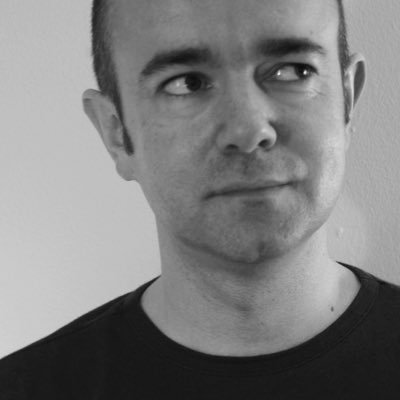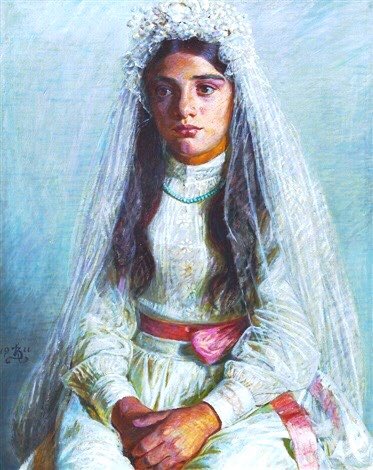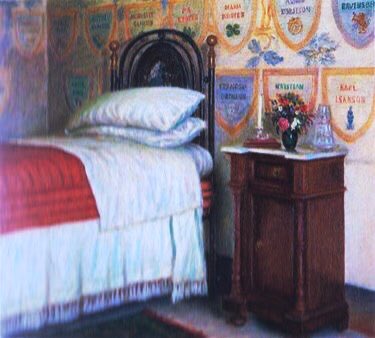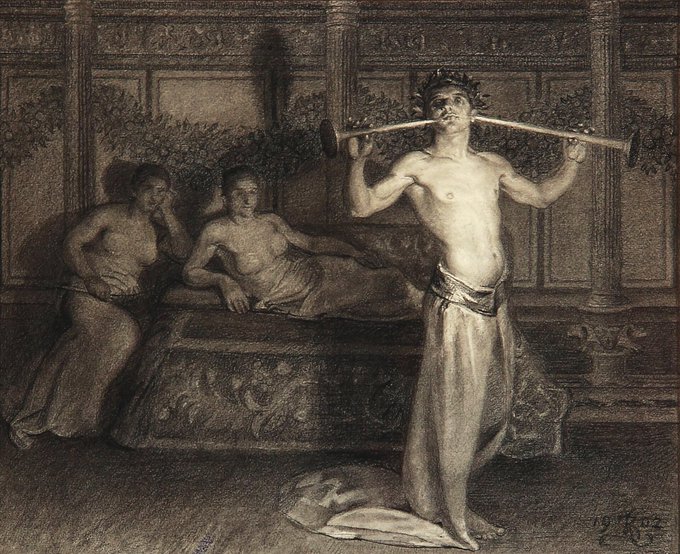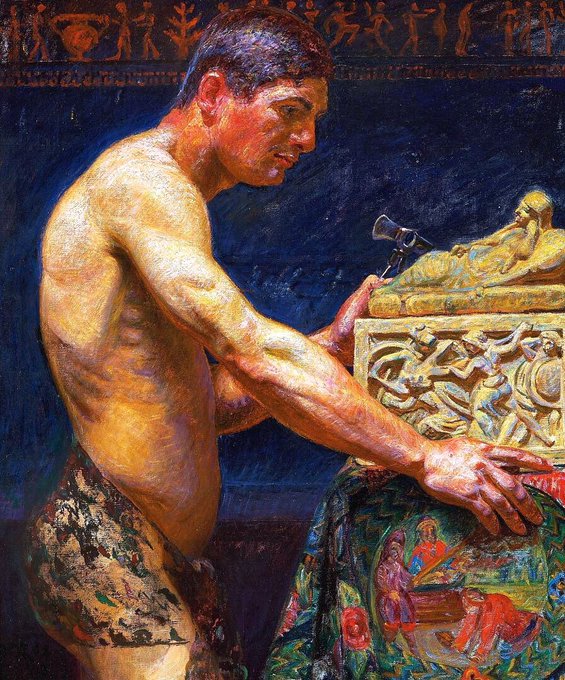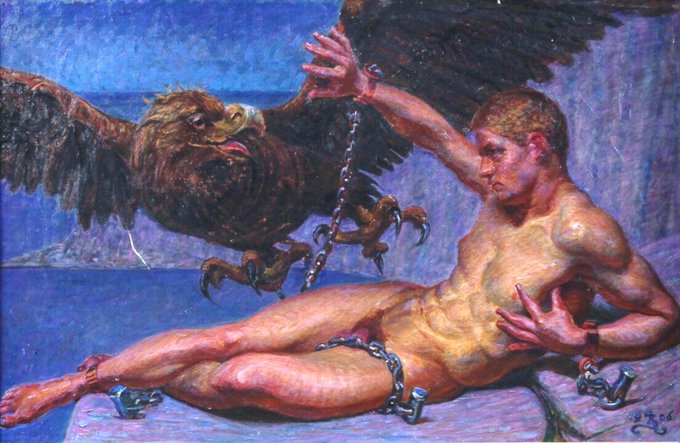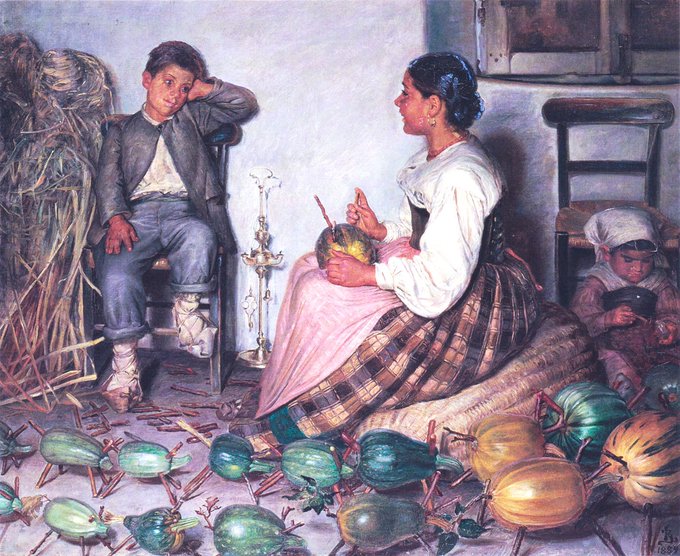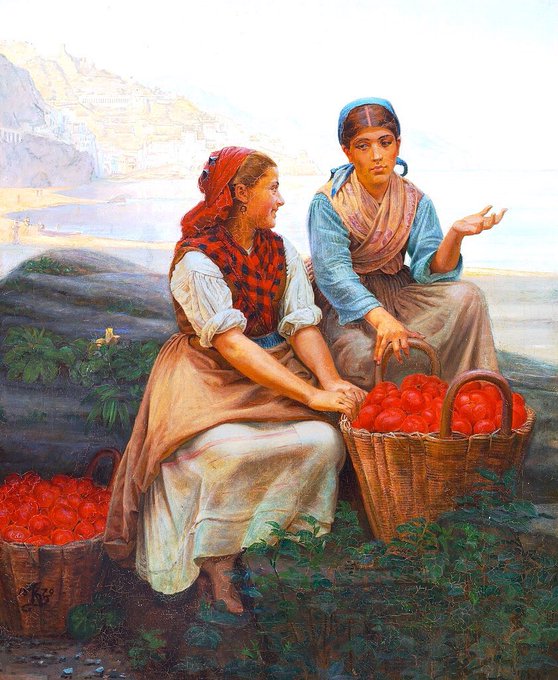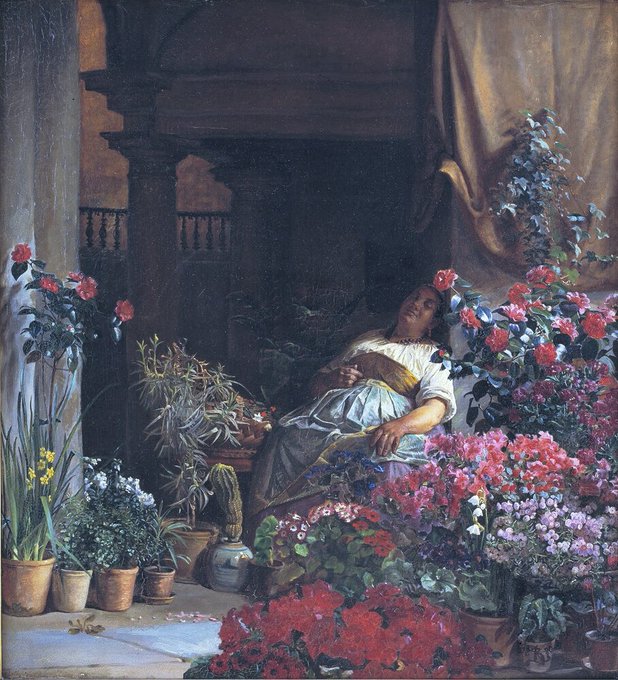The freedom of Italy, away from strict ‘morality’ at home would allow him greater emotional & creative freedom. The Artist in his Studio (1907), Young Girl (1911) & the Artist’s Bedroom in Civita d’Antino (1911)
These works explore the painter’s interest in the male form. Zahrtmann was living during a period of extreme intolerance & had had friends suffer from state persecution during his 20s simply for being gay. Nero (1902), An Etruscan (1908) & Prometheus (1906)
Zahrtmann’s success would mean that he exhibited at the World’s Exhibition in Paris (1878/89/1900) & Chicago (1893) The Rise of the Students (detail & work, 1888) & Bird’s Eye View from Ravello (1891). Such commercial success allowed him to paint more for himself.
The artist’s painting of Ambrogio suggests a major part of his fascination with Italy & it’s freedom for foreigners, especially gay ones. Ambrogio is literally encouraging ‘come hither’! Ambrogio, Civita d’Antino (1883) & Masquerade (1882) & King Solomon (1888)
In 1883 he discovered Civita d’Antino which he would come to consider as his second home. Leonora Christina in the Maribo Monastery (1882), Young Women transporting Limes in Civita d’Antino (1883) & Italian Interior (1884)
The artist left for Italy in 1875 & fell in love with the country, returning regularly & imbibing the colours of the South. Italian Girls with Tomatoes (1878-9), Flower Seller, Florence (1880) & Interior of the Last Century (1881)
That same year he spent time with his friends the painters Severin Krøyer & Viggo Johansen. Old Woman (1875), David at the Palace of Saul (1878) & Jubal & his Family (1876-8). His painting of David is a surprisingly effeminate take (reminiscent of Donatello).
Born on Bornholm, to a middle class family, he was one of 9 kids. He attended Sorø Academy where he learnt painting aged 17, graduating in 1862. From 1863-8 he studied art in Copenhagen. Elisabeth Zahrtmann (1866) & Vilhemine Erichsen (1867)
